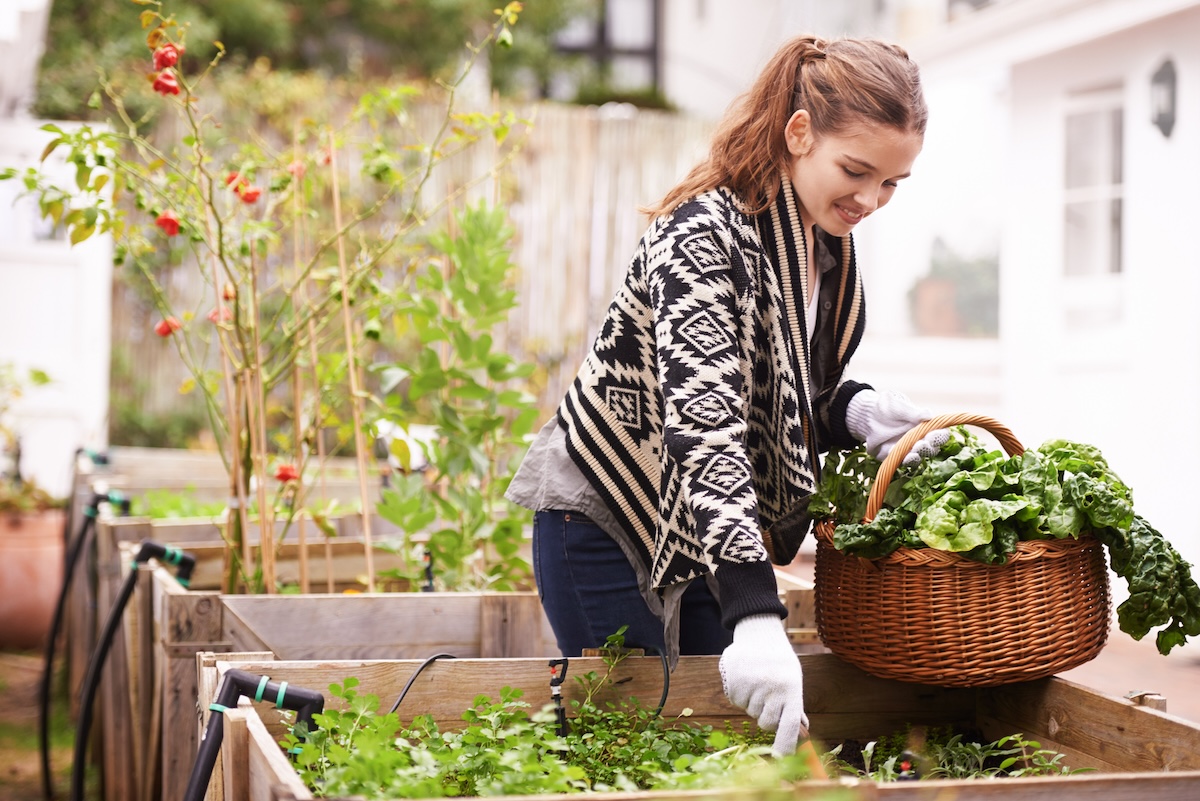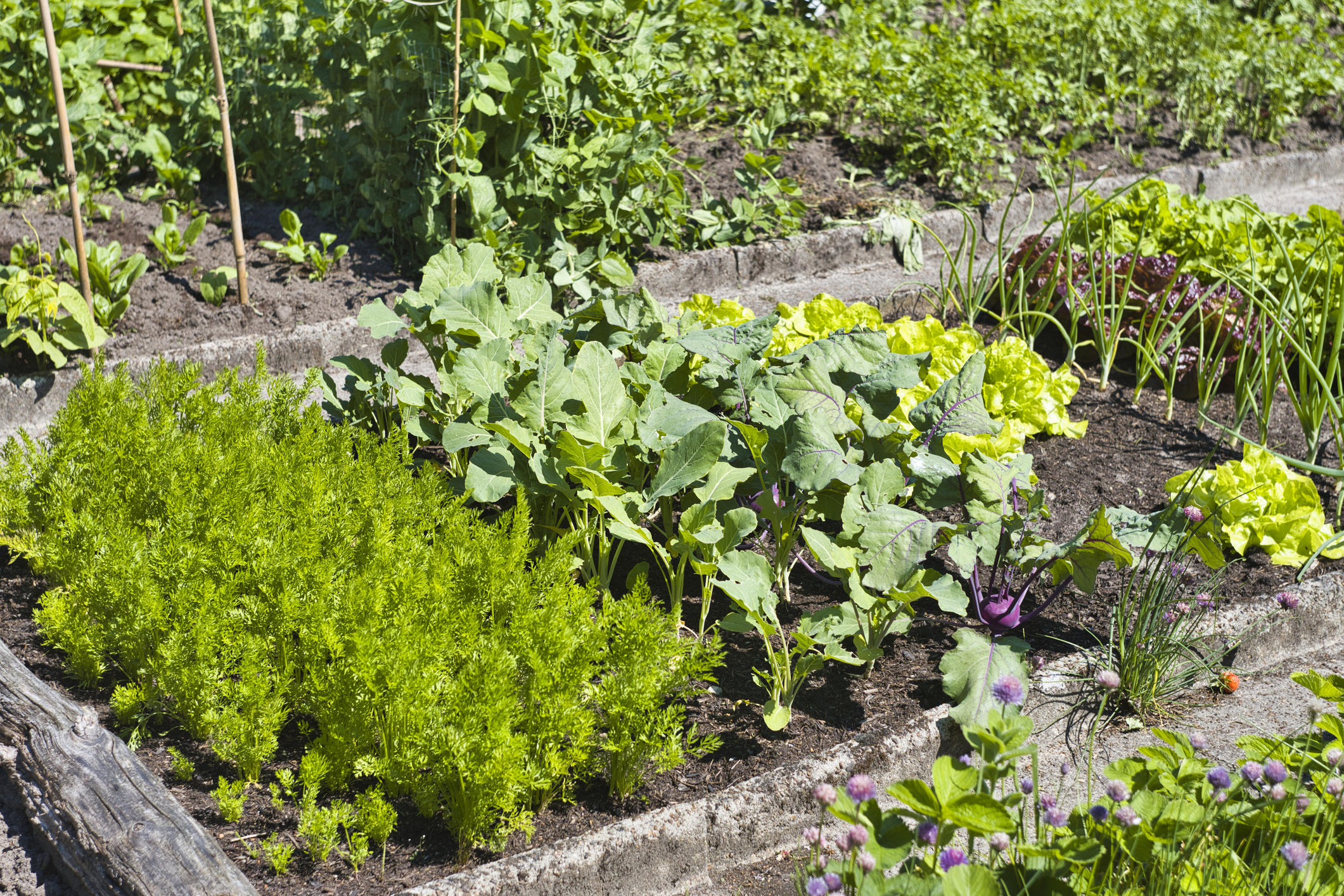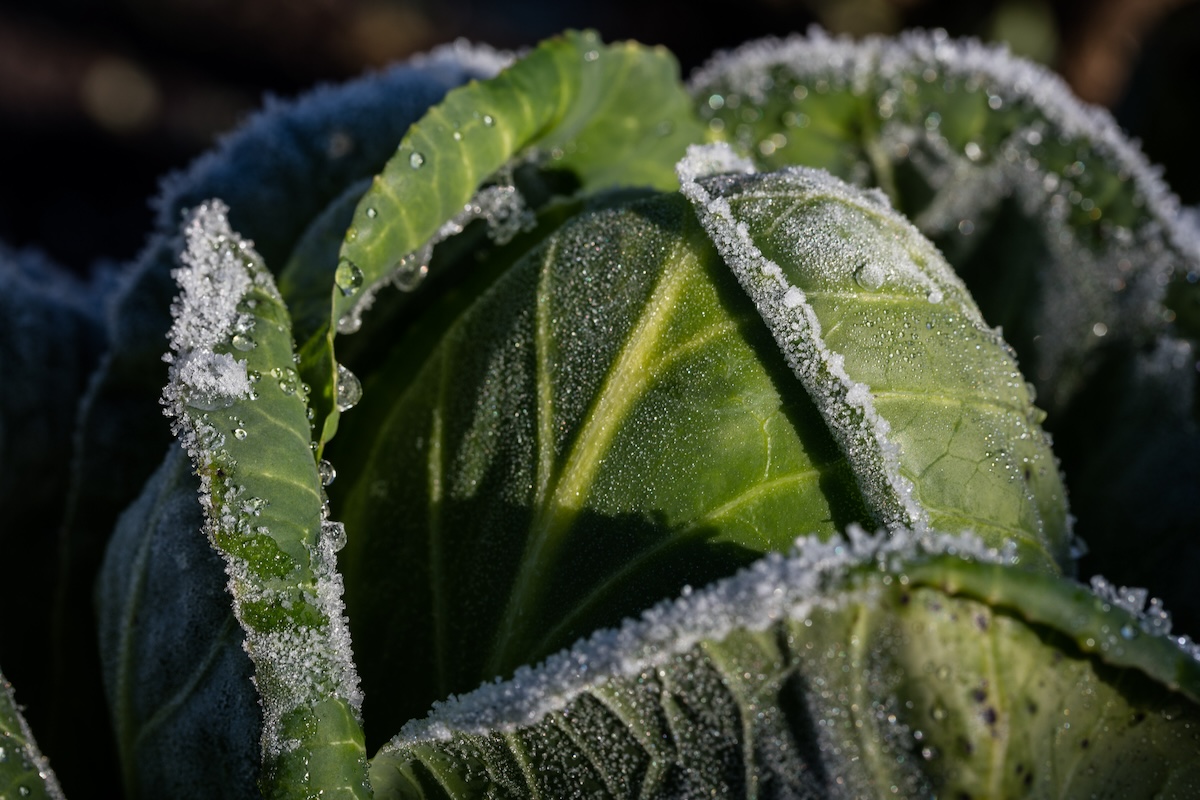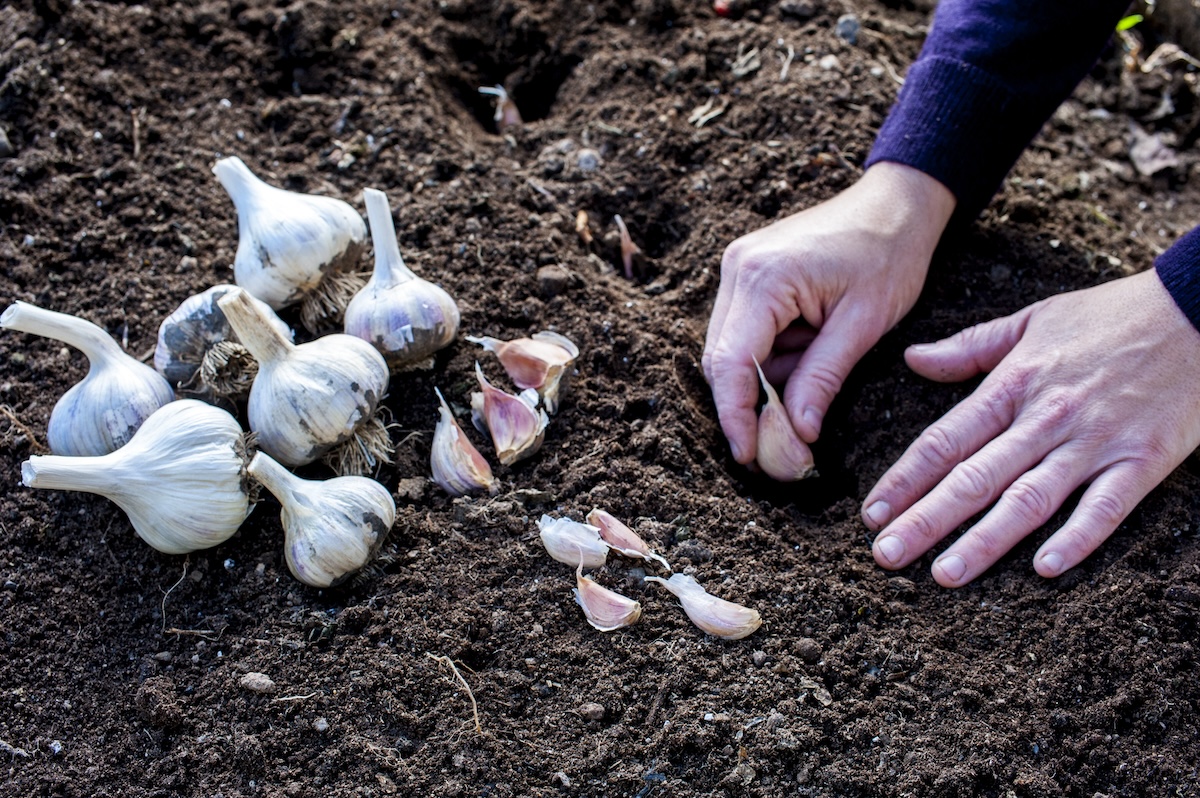

We may earn revenue from the products available on this page and participate in affiliate programs. Learn More ›
As cooler weather approaches, it’s time to start thinking about how to prepare the garden for fall plantings. One of the most effective tactics to ensure a thriving fall garden is to use companion planting. This popular approach entails strategically growing certain plants together that mutually benefit one another. For example, some plants can provide shade for other plants that need it, and certain plants help keep away pests to help companion plants thrive.
Fall companion planting provides numerous benefits. “This practice can improve plant health, reduce pests, enhance soil fertility, and increase crop yields,” says Alexander Betz, founder of Plant by Number in Chester, New Jersey. Discover key tips for incorporating companion planting into your garden during cooler fall weather, and some ideas for the best fall crops and ornamental plants to grow this time of year.
1. Design your garden strategically.
“When planning companion plantings, consider the plants’ compatibility, the care requirements for each, planting strategies, and the space in the garden designated for these plants,” says Betz. It may also be helpful to bring in an expert to help with garden design to ensure that you maximize companion planting benefits.
Opt for plants that are known to do well in the cooler fall weather. These tend to be rustic, hardy varieties like root vegetables, leafy greens, cabbage, broccoli, peas, onions, and garlic. Stay away from fruiting vegetables like peppers and tomatoes, which fare better in the warmer weather.
If your garden has limited space, try interplanting, a type of succession planting. With interplanting, different crops are planted between one another to help maximize space and boost productivity in small gardens. For example, consider planting smaller plants like spinach, beets, or lettuce between larger vegetables like broccoli.

2. Follow guidelines but experiment a little.
Successful companion planting may take a bit of trial and error to determine what works in your specific garden, given its unique characteristics like soil conditions, climate, space constraints, and location. Keep track of the types of plants you choose and their growth patterns so you can make adjustments each planting season.
Fortunately, companion planting guides, like those you can get from your local extension office, can help. It’s also important to refer to the USDA Hardiness Zone map. These resources can provide guidelines about which companion plants will work best in your fall garden based on your local environment.
3. Choose plants that can withstand frost.
Plants in a fall garden need to be hardy enough to withstand at least the first frost. “Go with companion plants that can handle a frost or two,” advises Julie Grice of Growfully.com in Borden, Indiana. “So instead of a heat-lover like basil or rosemary, choose herbs like parsley or even cilantro, as these can handle a light frost,” says Grice.
Lauren Hadley, TeachMe.To gardening educator and former FoodCorps service member, has often been surprised by how quickly the first frost arrives, so she plans her garden around plants that can mostly withstand the frost and cold. “My first fall vegetable, and perhaps favorite food, is garlic,” she says. “It’s my top choice for fall planting and, fortunately, it’s a great companion for many plants since it acts as a natural pest deterrent,” says Hadley. “I’ve noticed that certain plants, like kale, cabbage, Swiss chard, brussels sprouts, and broccoli, thrive alongside garlic and can endure even harsh winter conditions (including several feet of snow),” she adds.
4. Maximize light exposure.
Andrew Connolly, owner of Little Flower Cottage, an online flower shop, highlights the importance of sunlight in a fall garden. “As the days get shorter in fall, it becomes very important to maximize light exposure. To do so, plant taller vegetables like trellised peas or pole beans on the north side of your garden to avoid shading shorter plants,” says Connolly. This strategy should help ensure that all plants receive adequate sunlight throughout the day.

5. Use mulch to help insulate plants.
Protecting plants during the colder weather is critical to their success in the garden. Connolly recommends applying a layer of mulch around companion plants to help insulate the soil and keep the root zone warm and moist as temperatures drop. “This is particularly helpful for frost-sensitive plants and can extend the growing season,” he says.
6. Choose a variety of herbs to repel pests.
Planting the right aromatic herbs in the garden helps keep pests from ruining other plants. “Herbs like thyme, sage, and parsley are not only resilient in cooler weather but also work really well as companion plants as they repel pests with their strong scents,” says Connolly. “They are great companions for root vegetables like carrots and beets, which are ideal for planting in the fall.” Other herbs known to deter pests include basil, dill, mint, chives, rosemary, and oregano.
7. Avoid some common mistakes.
Finally, be mindful of some mistakes often made when companion planting that can end up backfiring and causing problems in the fall garden. Always confirm which plants work well together and how closely they should be planted to one another. Understand how each plant grows to ensure that they have enough room in the garden and don’t crowd out other plants. Finally, avoid plants with competing root systems that can stall the growth of plants throughout the garden.

The Best Companions for Fall Vegetable Gardens
Several experts weighed in about their favorite companion crops in the fall garden, including vegetables, herbs, and flowers. These combinations are tailored to make the most of the cooler fall weather, ensuring that your garden remains productive and healthy throughout the season. Here are some suggestions for you to try in your own garden as the cooler weather approaches:
Lettuce and onions. Lettuce is a great fall crop, but it still can attract aphids in the fall. Linda Langelo, Colorado State University Extension horticulture specialist in Golden Plains, says that onions are a good companion plant because their scent repels pests.
Carrots and chives. “As cool weather crops, both carrots and chives do well together; the chives have a strong scent and repel carrot flies,” says Langelo.
Beets and garlic. Garlic helps repel aphids and beetles from beets, says Langelo.
Brassicas and aromatic herbs. “Cool-weather crops like kale, cabbage, and broccoli thrive when planted alongside aromatic herbs like dill, sage, and thyme,” says Robin Phelps, gardening coach for SowManyPlants.com. “These herbs help deter pests such as cabbage moths and aphids, which are prevalent in the fall.”
Garlic and leafy greens. Plant garlic near lettuce, spinach, and other leafy greens. “Garlic acts as a natural insect repellent, helping to keep pests like aphids and slugs at bay, while the greens benefit from the shared nutrients in the soil,” says Phelps.
Root vegetables and legumes. For a nutrient-rich garden bed, plant root vegetables like carrots and beets with legumes like peas or fava beans, suggests Phelps. “The legumes fix nitrogen in the soil, which is beneficial for root development, leading to healthier, more vigorous plants.”
Chrysanthemums and pansies. According to Betz, mums deter pests like aphids and spider mites and provide height and structure in the garden, while pansies are low-growing flowers and can fill spaces beneath the mums. Both of these plants provide an array of colors and tolerate cooler fall temperatures.
Ornamental kale and violas. Both of these ornamentals thrive in the cooler temperatures in full sun to partial shade with well-draining soil and regular watering. “Ornamental kale adds unique, colorful foliage while violas are low-growing and vibrant and complement the kale by adding bright flowering and filling in spaces,” says Betz.
Marigolds and snapdragons. Both plants do well in full sun with well-draining soil and regular watering. “Marigolds work to repel pests and add bright color to the garden, while snapdragons provide vertical interest with their tall flower spikes,” says Betz.
